One of the most important appliances in any contemporary American home is a washing machine. It guarantees that your clothes remain clean and fresh while also saving time and effort. However, just like any other household appliance, your washer may occasionally experience problems. Drainage issues are among the most annoying issues.
Your laundry room may sustain damage if your washer is overflowing, not draining water properly, or leaves clothes soaking wet after a cycle. The good news is that a lot of drain issues with washing machines are simple to identify and resolve, frequently without the need for expert assistance.
The most frequent issues with washing machine drains, their causes, solutions, and preventative measures will all be covered in this comprehensive guide once more.
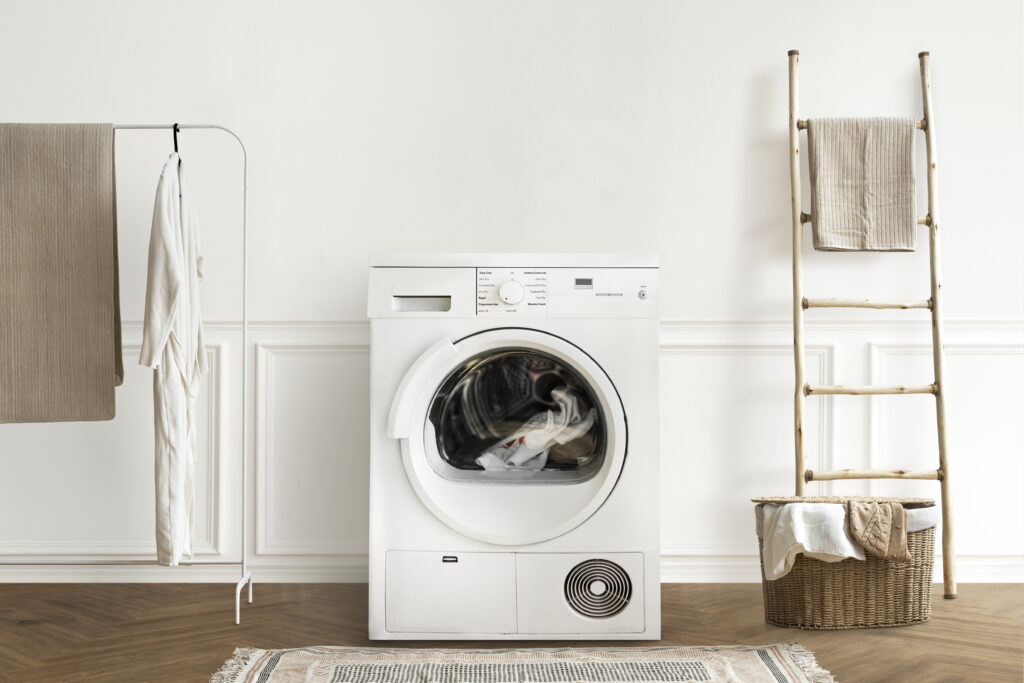
Typical Issues with Washing Machine Drains
It’s important to know what kinds of drain problems you could run into before beginning any repairs. The following are the most typical issues that American homeowners have with their washing machine drains:
1.The washer isn’t draining at all
After completing a cycle, you open the door or lift the lid to discover the tub full of water. One of the most prevalent problems with washer drainage is this one.
2.Gradually Draining
After a spin cycle, clothes are frequently left wetter than they should be because the washer takes a lot longer than usual to drain.
3.Overflowing Drain
Your laundry room becomes messy as water leaks out of the standpipe or wall drain while it is draining.
4.Gurgling or backflow sounds
As the washer drains, you might hear strange gurgling sounds or see soiled water backing up into other fixtures, such as a nearby sink.
5.Codes for Digital Washer Errors
A drainage issue is indicated by specific error codes (such as OE, E21, or F21) displayed by many contemporary washers.
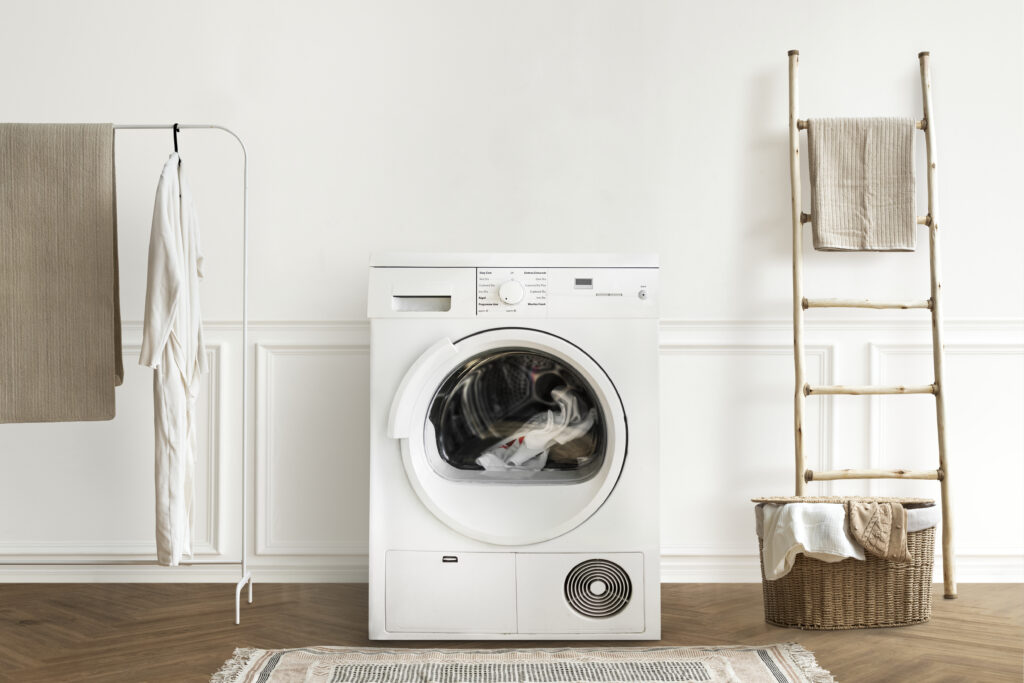
📌 Reasons for Issues with Washing Machine Drains
Drainage problems in your washer can be caused by a number of factors. Let’s examine the most typical causes:
Clogged Drain Hose
Water flow can be impeded by lint, debris, and small items like hairpins or coins building up inside the drain hose.
Blocked Drain Line or Standpipe
Over time, soap scum, lint, and grime can also clog the standpipe or drain pipe where the washer hose empties water.
A malfunctioning drain pump
Water is forced out of the machine by the internal drain pump. Your washer won’t drain correctly if it’s burned out, clogged, or damaged
Hose Installation Done Wrong
Water backup or siphoning problems may result from a drain hose that is placed too high or low or that is inserted too deeply into the standpipe.
The washer is overloaded
Frequent washing of large or heavy loads can overload the drainage system, resulting in slow water flow or incomplete draining.
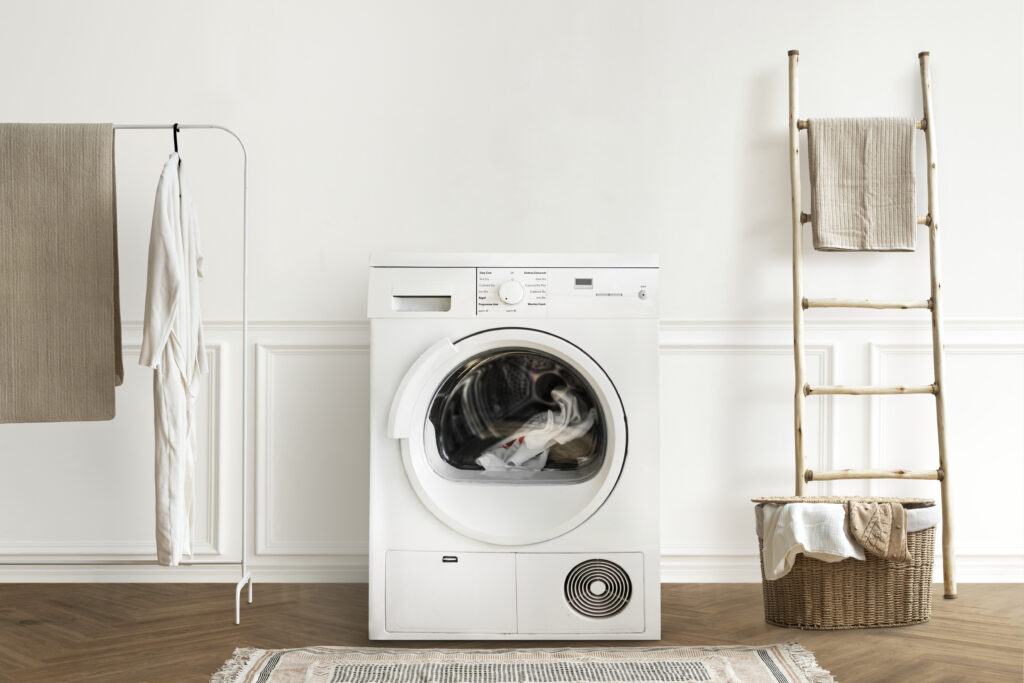
📌 How to Address Typical Issues with Washing Machine Drains
Let’s talk about how to troubleshoot and effectively fix these issues now that you know what causes them.
Step 1: Unplug and turn off the washer
Always unplug the machine before beginning any maintenance for safety. This stops unintentional cycles and electrical hazards.
Step 2: Examine and Clean the Drain Hose
- To reach the drain hose, pull the washer away from the wall.
2. Unplug the hoses from the standpipe and the washer.
3. Use a garden hose or faucet to run water through the hose to check for blockages.
4. To remove any debris, use a plumber’s snake or a long, flexible brush.
Advice: To avoid movement while in use, make sure the drain hose is clamped into place and inserted 6 to 8 inches into the standpipe.
Step 3: Empty the Drain Line and Standpipe
If water continues to overflow or drain slowly:
To clear obstructions from the standpipe, use a plumber’s snake.
To dissolve soap and lint accumulation, pour a solution of vinegar and baking soda, then hot water.
Note: Steer clear of chemical drain cleaners because they can harm older pipes and harm the environment.
Step 4: Examine the Washing Machine’s Pump and Filter
The majority of contemporary washing machines, particularly front-loading models, feature an easily accessible drain pump filter:
Open the access panel located close to the washer’s bottom.
Put a towel or shallow tray underneath.
Remove any debris, such as small clothing items, lint, or coins, by unscrewing the filter cap.
After cleaning, reattach the filter.
You might need to call a technician or examine the drain pump internally if there isn’t a visible pump filter on your washer.
Step 5: Examine a Drain Cycle
Run a quick rinse or spin cycle, plug the washer back in, and reattach everything firmly.
Check to see if there is no overflow and the water drains correctly.
It might be time to speak with a qualified plumber or appliance repair expert if the problem continues.
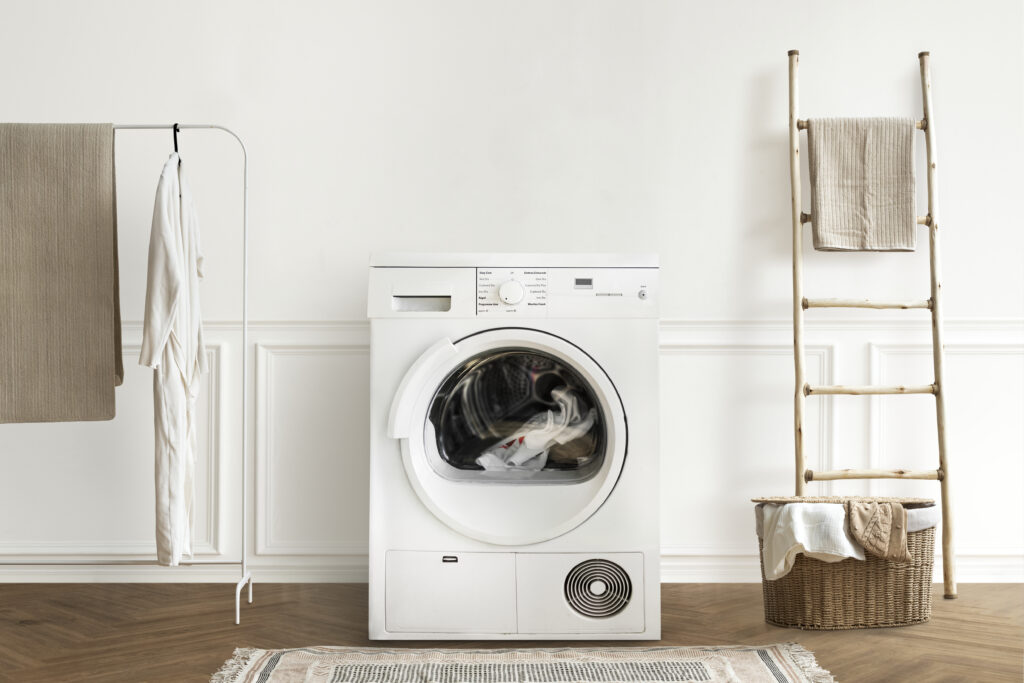
📌 How to Avoid Drain Issues with Washing Machines
Avoiding annoying washer drain problems can be greatly aided by routine care and maintenance. Observe these easy preventative guidelines:
✅ Use a Lint Trap: To capture debris before it reaches the standpipe, fasten a lint trap to the end of your drain hose.
✅ Clean the Pump Filter Frequently: If you wash a lot of dirty clothes, check and clean the pump filter every two to three months.
✅ Perform a Monthly Cleaning Cycle: To get rid of detergent residue and avoid clogs, use hot water and white vinegar or washer cleaning solution.
✅ Prevent Overloading: Adhere to the washer’s load capacity. Overloading increases the risk of clogs by producing more lint and wastewater.
✅ Examine Hoses Every Year: At least once a year, look for wear, kinks, or obstructions in your fill and drain hoses.
✅ Upgrade Old Pipes: The high water discharge from modern washers may cause problems for older homes in the USA with narrow or antiquated drain pipes. Upgrade to a 2-inch standpipe, if possible.
📌 When to Contact an Expert
While many drainage problems can be resolved on your own, there are some circumstances that call for professional assistance:
Unremovable clogs that persist
Leaking or damaged drain pipes
A malfunctioning or broken washing machine pump
Drainage issues caused by sewer line backups
If required, a qualified plumber or appliance technician can upgrade your plumbing system, replace damaged parts, and conduct a comprehensive inspection.
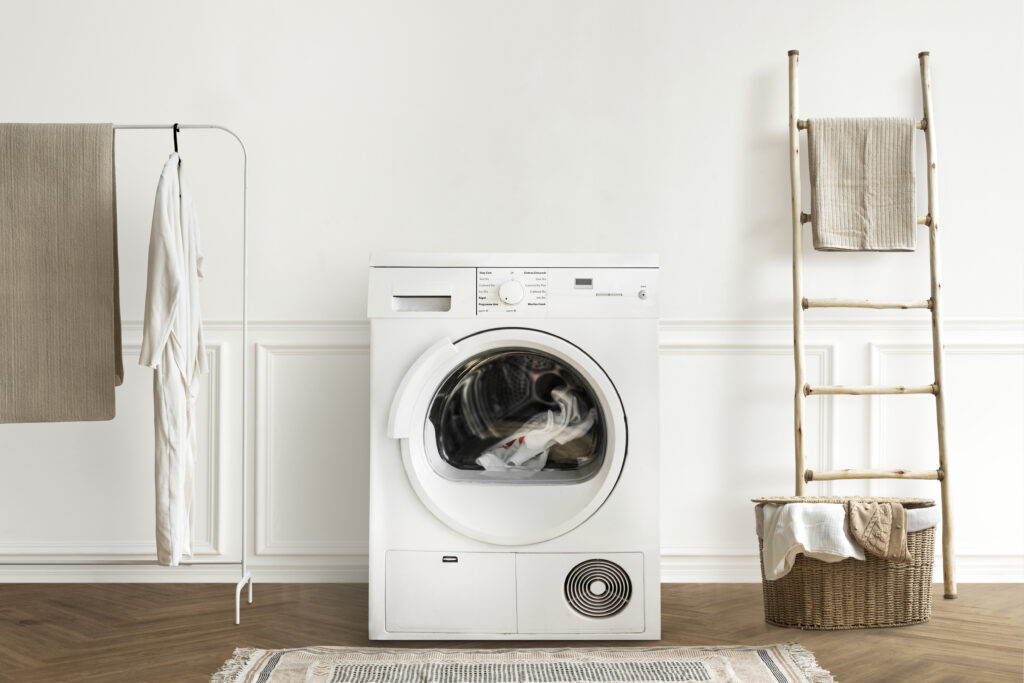
Conclusion
If you ignore a washing machine drain issue, it could interfere with your daily schedule and result in water damage. The good news is that most of these problems can be avoided and resolved with a little knowledge and regular upkeep.
You can keep your washing machine operating smoothly for many years to come and save yourself the trouble and cost of emergency repairs by being aware of the common causes, learning easy fixes, and adhering to basic prevention advice.
Frequently Asked Questions (FAQs)
Why isn’t my washing machine emptying all the way? 👉 A malfunctioning drain pump, a blocked pump filter, or a clogged drain hose could be the cause.
Is it possible for a washing machine to overflow due to a clogged standpipe? 👉 Indeed. Backflow and overflows occur during draining because a clogged standpipe restricts water flow.
Q. How frequently should the pump filter in my washing machine be cleaned? 👉 Every two to three months, or earlier if you hear odd noises or slow draining during cycles.
Q. Can I use chemical drain cleaners in my washing machine? 👉 Chemical cleaners should be avoided since they can harm the environment and pipes. Use natural cleaning supplies like vinegar and baking soda.
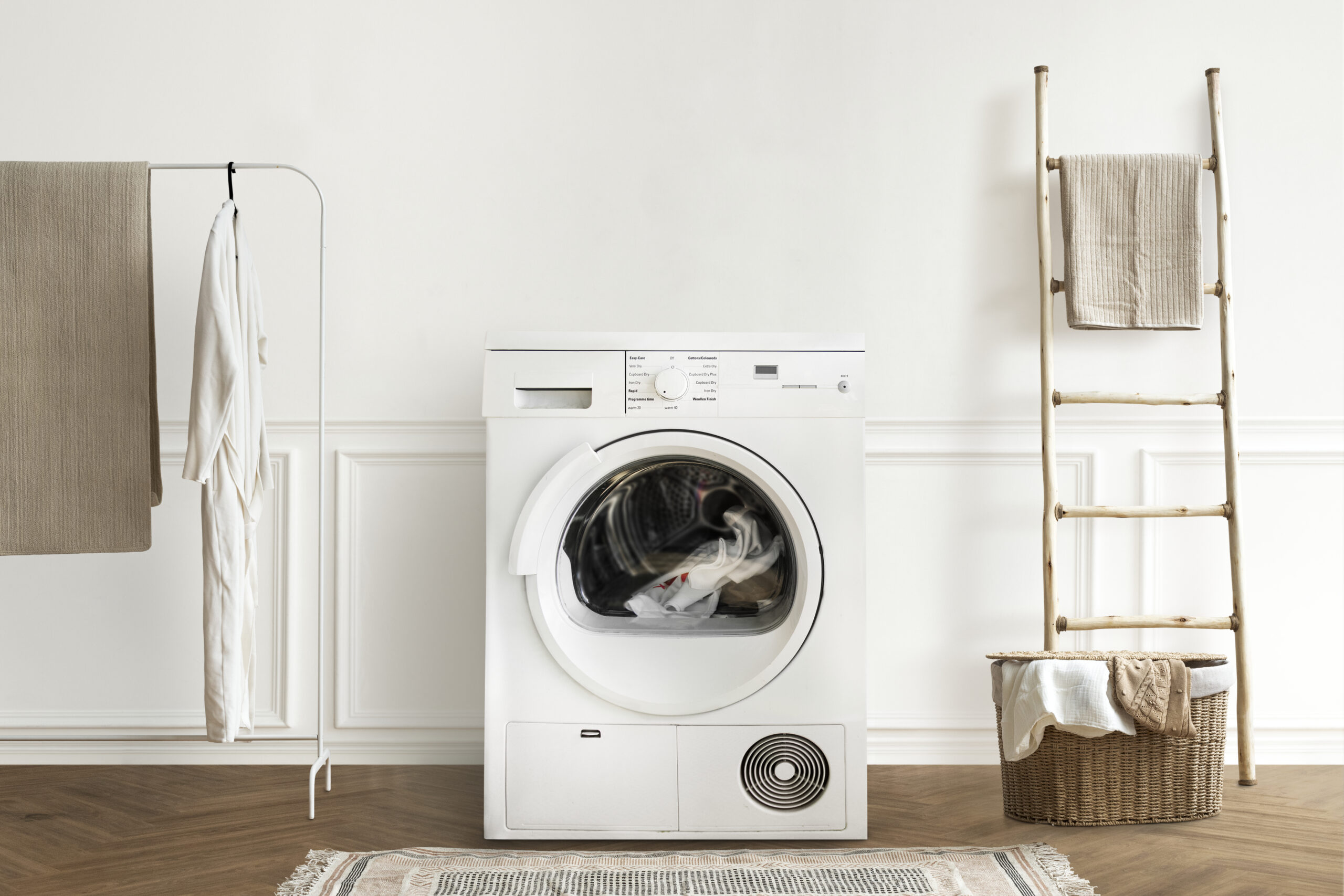
Leave a Reply